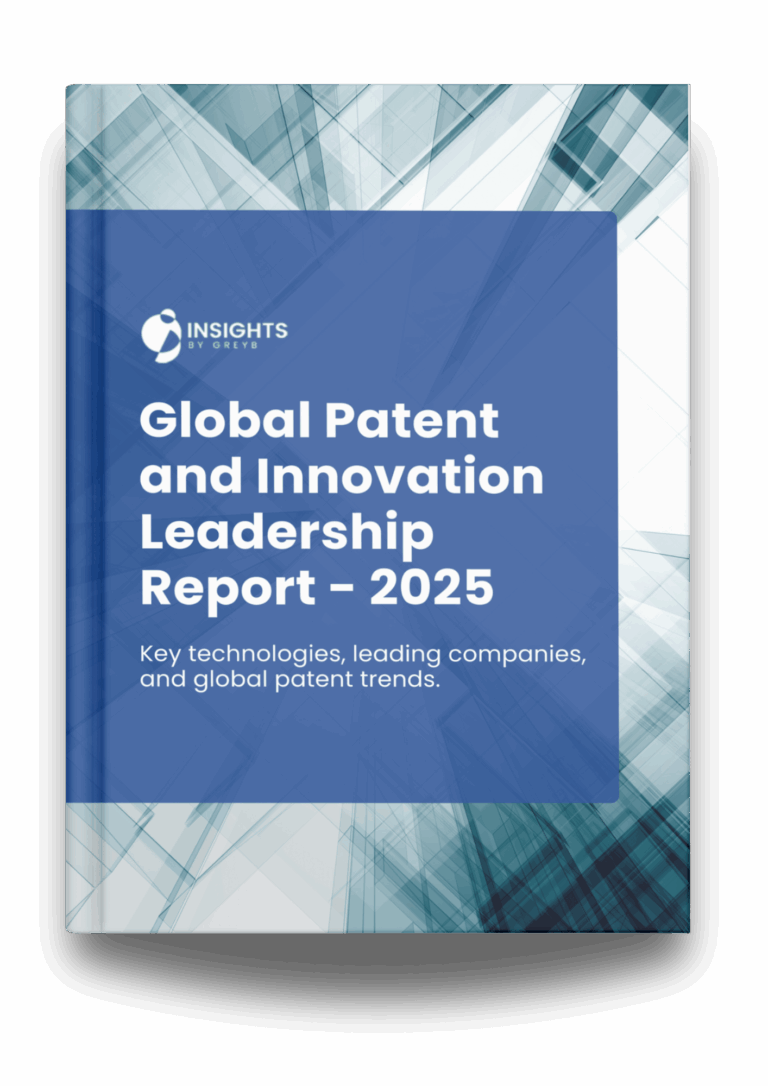Foodberry is a new packager that has been in the news lately, especially for interesting uses of fruit peel-based materials. With rising environmental awareness, there has recently been a greater demand for packaging that is not just biodegradable but also completely friendly to the environment. The edible packaging technology by Foodberry enables customers to get convenience and sustainability in one product without any waste, giving a head start to this company as one of the leaders in eco-conscious innovation within the industry.

What are the key features of Foodberry Edible Packaging?
- Fruit peel-Based Composition: Foodberry is manufactured with fruit skin and peels as its basic raw material. Therefore, the entire packaging is biodegradable and environment friendly.
- Edible Membrane: This product is enveloped in a package that is safe to eat, hence it creates convenience for the consumer and leaves absolutely no waste behind.
- Bioreactor Technology: It is a kind of bioreactor because the packaging encloses active biological materials, which may interact with the bio-reactions to extend the shelf life or even improve the nutritional quality of the product.
- Zero-Waste: Foodberry packaging is organically compostable, hence producing no hazardous residues.
- Nutrient-Rich: The material based on fruit peel and skins is not only edible but nutrient-packed, hence an added health benefit.

What Patents Are Associated with Foodberry’s Edible Packaging Technology?
One of the most critical aspects of innovation with Foodberry is in its patented technology, which gives an edge in the biodegradable packaging market.
- US2024292877A1: The present disclosure relates to edible compositions and, more particularly, to bioreactors that form part of the packaging. The active biological material or composition is encapsulated by the membrane, to potentially interact with the packaged product to influence one or more bio-reactions to maintain freshness, enhance flavour, or to impart additional nutritional value.
How Does Foodberry Compare to Competitors in the Market?
While many brands do offer biodegradable and sustainable packaging, Foodberry takes that to a whole new level by integrating sustainability with edible functionality. Here’s how Foodberry stacks up:
- Evoware: Focuses its attention on edible packaging made from seaweed, without any presented bioreactor technology similar to Foodberry.
- Notpla: The material used is based on algae. However, most of its packaging has targeted applications containing liquids, whereas Foodberry can be used in edible applications.
- Loliware: Only working with seaweed in the line of biodegradable cups and straws, whereas Foodberry uses fruit-peel and skins for packaging.
What Makes Foodberry Different?
- Integrated Bioreactor Technology: No competitor is currently offering such packaging that interacts with the product through bioreactions Hence, Foodberry’s packaging is not just eco-friendly but functional too.
- Fully Edible: While several brands already have biodegradable solutions, edible packaging from Foodberry will go one step further by offering added convenience and nutrition value to the customer.
- Wide Application: Foodberry finds its wide range of applications in almost all varieties of food, enhancing not only preservation but also consumer experience in ways not explored by the competition.
Foodberry’s fruit peel-based, edible packaging is really revolutionary in the field of sustainable packaging. First off, it creates zero waste, Aside from that, the patented bioreactor technology unlocks more functionality and benefits that will be extended to the consumer. Having eco-friendly credentials combined with innovative technology, Foodberry is not just a packaging solution, it’s a step forward toward a more sustainable future.
What other companies are filing patents in the edible packaging space? Request a patent landscape around Foodberry’s innovative technology by filling out the form below:



